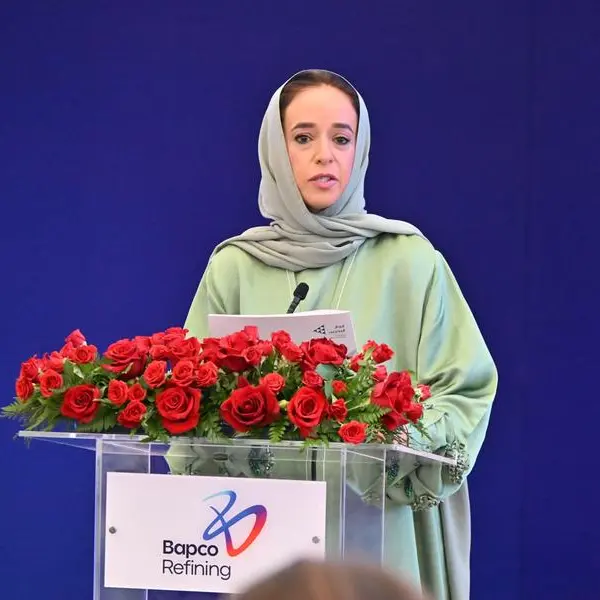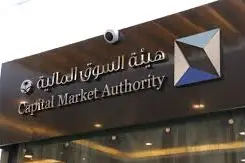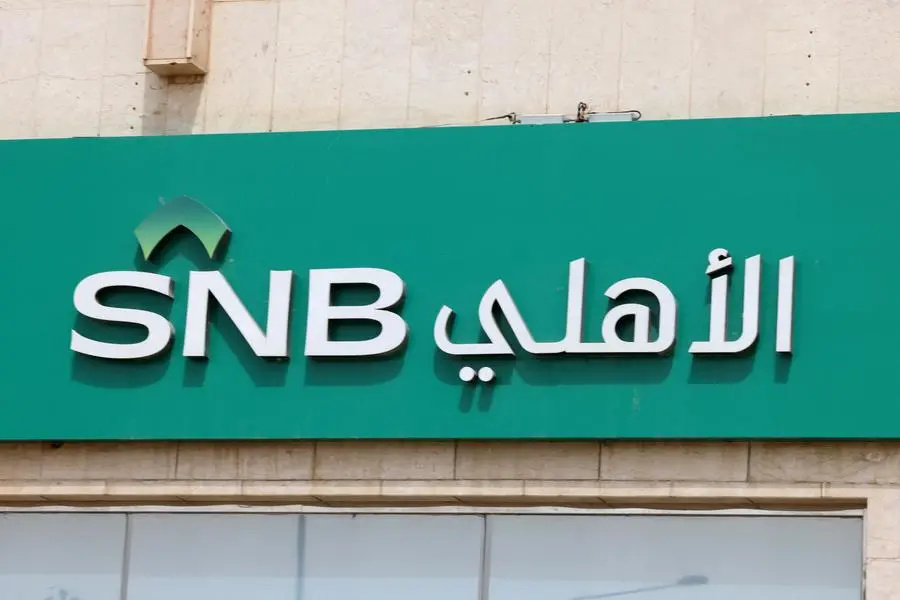Two state-owned Egyptian banks - National Bank of Egypt and Banque Misr (the main arms of monetary policy implementation by the central bank) – have rolled out high-yielding CDs of 25% of 1-year duration. The decision preceded a move by the Central Bank of Egypt (CBE) to loosen its grip on the EGP, leaving spot to weaken move rapidly from 24.7 levels past 26. Bloomberg data suggests that the quoted rate by onshore banks has more or less plateaued around 26.1 as of 11GMT, but we think further depreciation is likely underway in the coming days.
The CBE is seemingly managing the transition now to a more flexible currency regime – a key demand by the IMF before Egypt can receive further disbursements under the four year Extended Fund Facility that was announced in October. A gradual approach towards increased flexibility may be a deliberate tactic to manage cost pressures on strategic sectors (such as pharmaceuticals) that source their FX needs directly from the CBE and state-owned banks at the official spot rate.
The parallel market rate has dropped since the weakest point of 37 in mid-December, to a touch below 30 by the start of January as local banks started to clear a backlog of USD15bn for FX requests by customers. However, the parallel rate seems to have remained relatively stable at 29 levels over the past week, which could serve as a gravitational pull for the EGP to weaker levels in the coming days. We maintain our view that inflation will peak at 25% in Q1 before easing gradually thereafter to below 15% by year-end.
We see the currency transition as credit positive as it suggests that a key condition for IMF backing is being met to unlock further external support.
-Ends-
For more information, please contact
Dina Kasrawi
Dina.kasrawi@bnpparibas.com



















